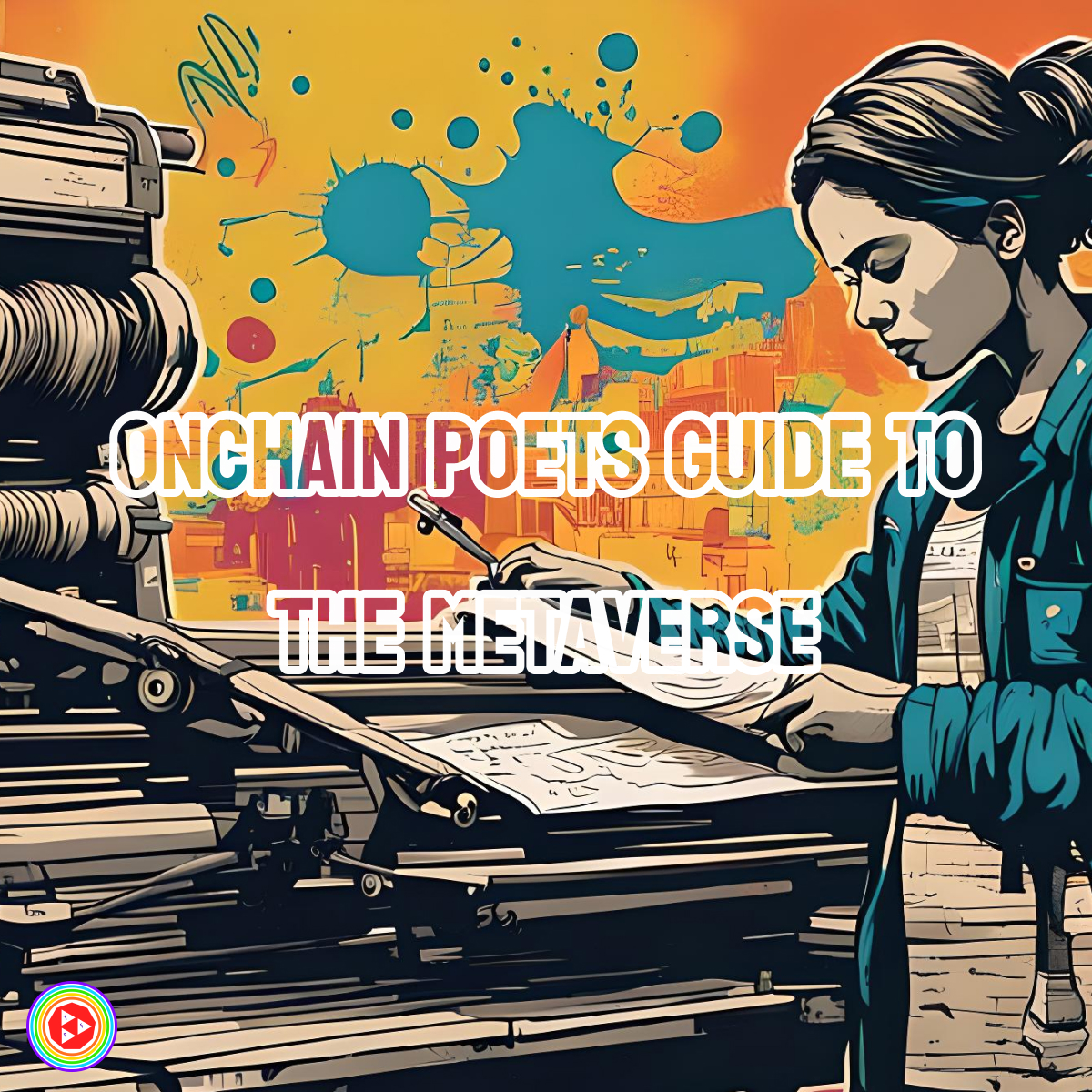Imagine: you're a poet, an artist, a creator. And the things you create, the art you make, you can actually make an income from that, a living wage, so you can focus on your art and delight people.
For a long time in human history, artists have been dependent on people supporting them. Maybe people who commissioned a portrait, or a benefactor, a patron, a Maecenas. Then, in more recent history, thanks to production technology such as the printing press and the emergence of galleries, the artists became dependent on gatekeepers: those who controlled the means of production and the means to grow an audience.
Democratisation, or?
With the greater adoption of the internet in the form of the world wide web, the promise suddenly was different. The internet was about to democratise the means of production and the access to audience. We dove in, using geocities and making e-zines. At least, that's what I did.
Still, earning an income was hard. We had to find new ways, and we did not really manage to do that in any meaningful new way. Until the web became social and we entered the era of Web2.
Again, the promise was big, but there was a problem. The leading tech companies came up with a brilliant business model: sell data of users to advertisers. Sure, a fraction of the billions earned in this way in the past almost 2 decades was redirected to that new breed of artist: the influencer. Sponsored posts, ambassador roles, you name it. All in the service of driving more traffic to the social networks, so more data could be collected and sold. Now, I don't really like this model, but it's fair enough. This is the deal offered to us, and we loved the easy way of staying in touch with friends, family and current affairs. So, I'm not going to rally against that model.
What's art worth to you?
However, there was one, I assume unintended, bad consequence for artists from all this: access to content, including art, was considered free. The value of content, which was, if at all, paid for by advertisers and sponsors, and not by the consumers, was reduced, in the mind of these consumers, to zero. With everything being offered to you without you having to pay a single cent for it, why would you consider paying for content? Sure, there was a payment transaction: privacy for access. But it was so hidden, indirect and non-monetary that even now only few people truly grasp the concept.
The regular broadcast media: radio, tv, print, have felt this hard. They had invented the advertising-based businessmodel and the new tech companies had perfected that. And by offering all of that in return for the use of personal data, they have eliminated the need for any subscription model completely.
So, as an artist, or a creator, in Web2 you are still dependent. On the monopolist social network companies and their algorithms, on advertisers and on mechanisms that often turn out to be trade-offs between real creativity and commercial success.
Lead the gwei
Fortunately, this is changing now. Where Web2 has brought down the perceived value of art and content to nearly zero, Web3 is changing this perspective. The biggest benefit for artists to move into Web3 is not the immutability, decentralisation and self custody that comes with operating on blockchains. It's the totally different mindset. While self-custody completely changes the advertising model, which will become less dependent on microtargeting powerd by extremly granular data sets, the biggest shift in mentality comes from a very simple, baked-in principle: gas.
If you are transacting onchain, you know that every single transaction carries costs: the gas fee. This basic principle returns to the center of attention the idea that if you want something, you need to cover the cost. The independent attitude of many of the users also means that they will rather cover costs, than sell out their data. This completely changes the attitude towards art, and in a broader sense content. If you like something, you mint it, and that means a direct value exchange: you get art, artist gets coins.
Finally, we connect
This paradigm shift is what is going to drive the biggest change for artists and creators who want to turn their talent into their job in the current cycle. With small fees, like the Zora protocol fee, but also with tips that are now the norm on Farcaster, and (retrofunding) grants from organisations such as Base and Optimisim and Purple and Nouns, artists finally have the chance to have a direct financial relationship with the people enjoying their art.
Below you will find three of the basic terms used in this article explained in the Glossary section. To unlock the gate, you need to be a Trpplr subscriber.
Glossary
Gas fee
For every transaction you make on a blockchain, a record of that transaction is registered on the blockchain. To execute this registration in a verified and secure manner. a complex process involving cryptography and quite some computing power is run. The cost of this, is covered by the person initiating the transaction and is called the gas fee. You need to pay for the gas that keeps the blockchain going.
Gwei
Gwei is a denomination used on the Ethereum blockchain. It signifies 1 billionth of an Ether, the coin used on the Ethereum blockchain. Gas fees are calculated in Gwei.
Protocol fee
The protocol fee was imagined by the team behind the Zora marketplace. To keep the marketplace, and the L2 blockchain of the same name, running, they wanted to create a mechanism to secure funding. For every time you mint an NFT on the Zora marketplace, you pay a protocol fee of 0.000777 ETH. Of this, 0.000222 goes to Zora. The rest is shared with the creators/artists (0.000333), first collectors (0.000111) and referrers (0.000111).


